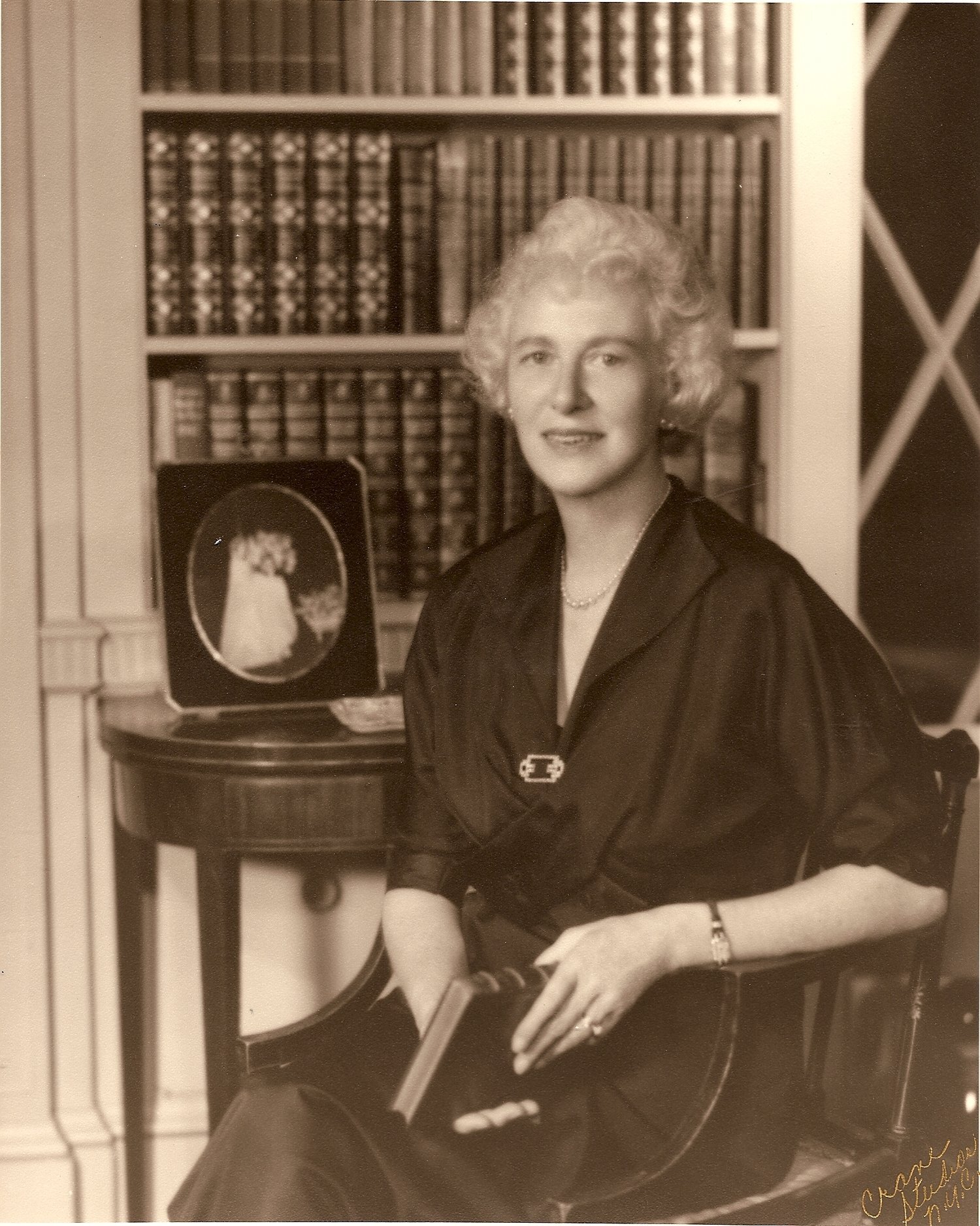Women’s History Month: Edith Read
A Vision of Sanctuary Guides Us Through Uncertainty
Edith Read
In a moment when we are acutely aware of all that we take for granted, no tool has proven more powerful in creating connections, calming nerves and sustaining us than nature. In Rye, NY, when we look around at the incredible natural environments that our City has, over time, preserved from development, the name of one visionary woman and dedicated environmentalist comes to mind: Edith Read. Yet many of us who are now outdoors on our daily family outings, meandering through the parking lot of Playland to the trails of Edith Read Wildlife Sanctuary, did not live here when Edith Read was alive. Her name, particularly with its homophone connection to the wetlands grass, conjures up a place for many of us more than the woman herself. With time on our hands and an ever-deepening appreciation for nature, there is no time like the present to learn more about Edith Read.
Edith Read was a Rye native. She was born here in 1904 and lived here for nearly all of her 102 years. She and her husband lived in Indian Village and raised their two children here. In her 30s, Edith Read became involved in community service to support the troops during WWII and she was an active member of the Rye Garden Club. She and her husband Bayard Whitney Read shared a passion for nature and conservation, and this led to a lifelong commitment to advocacy work for Edith. It is difficult to picture a Rye in 2020 without the legacy of Edith Read’s work, as her ardent vision preserved nature and prevented development of coastal wetlands and inland parks. These open spaces and valuable ecosystems are now an integral part of the fabric of our town.
With development of Rye happening quickly in a post-World War II boom, Edith Read identified her first opportunity to put her conservation skills to use in her hometown in 1955. She circulated a petition and garnered community-wide support for a plan in which the City of Rye would purchase the dilapidated Marselis Parsons estate off the Boston Post Road and the many acres surrounding it. Her goal was to create an educational park and nature center on the land. In 1956, the City of Rye purchased the land for the Rye Nature Center, and Read served as the Chairman for ten years.
Over the next two decades, Edith Read developed a deep concern for local waterways and wetlands, particularly as they were often sites for pollution and development. With her growing knowledge of the biodiversity and vulnerability of wetlands ecosystems, she fought to preserve and protect our coastlines, fighting against the economic drivers of consumerism and construction. Read was a vocal opponent of Robert Moses’s proposed Rye-Oyster Bay Bridge in 1969. In the 1970s, she became Chairman of Westchester County’s Soil and Water Board, and in the early ‘80s, she won a legal battle against the County to stop dumping contaminated soil, garbage and other pollutants in the portion of Long Island Sound behind Playland Amusement Park. In 1985, after many years of advocacy work to inform and educate the community on environmental issues, Edith Read Wildlife Sanctuary officially opened as a “forever wild” natural park on the piece of land between Playland Lake and the Long Island Sound.
Each year since 1970, the League of Women Voters honors a Rye resident with the Edith G. Read Award recognizing environmental stewardship and conservation. Through their work and the lasting natural landmarks she created, Edith Read’s legacy continues to grow. The Edith Read Wildlife Sanctuary is more full of life now than ever with the usual distractions of busy schedules quickly vanishing from our lives not by choice but by necessity. With this forced return to simplicity, cars and airplanes come to a halt, quieting the streets and the skies above. As people rely on legs and bicycles to explore and enjoy our local natural treasures, the work and dedication of one woman fills thousands of us in Rye with gratitude. In the next few weeks, the ospreys will return to their nests in Edith Read on the platforms above walking trails, where new babies will hatch and grow before taking their first flight. For once, we will have ample time to observe them. Thank you, Edith Read.
Please note: Dogs and bicycles are not permitted in Edith Read Wildlife Sanctuary. Please observe the posted rules. Dogs can interfere with birdlife by preventing them from laying eggs. We appreciate your cooperation and are thrilled to see so many families enjoying nature.
By Alison Relyea


